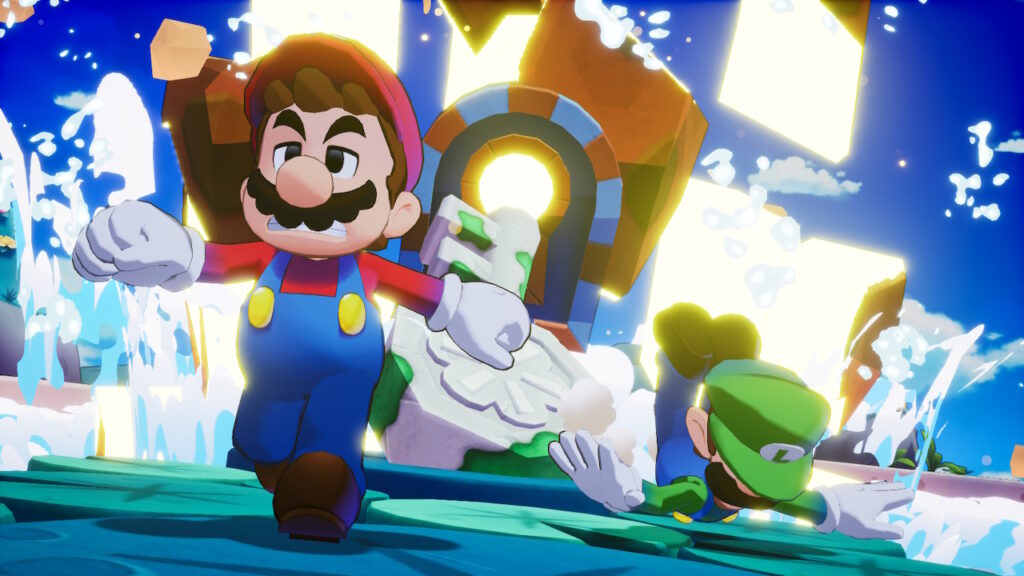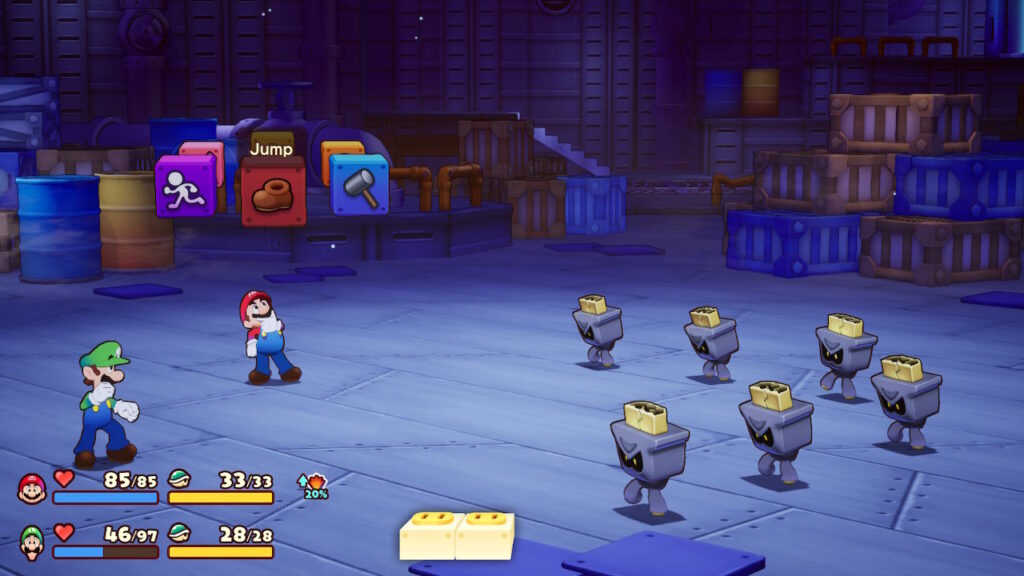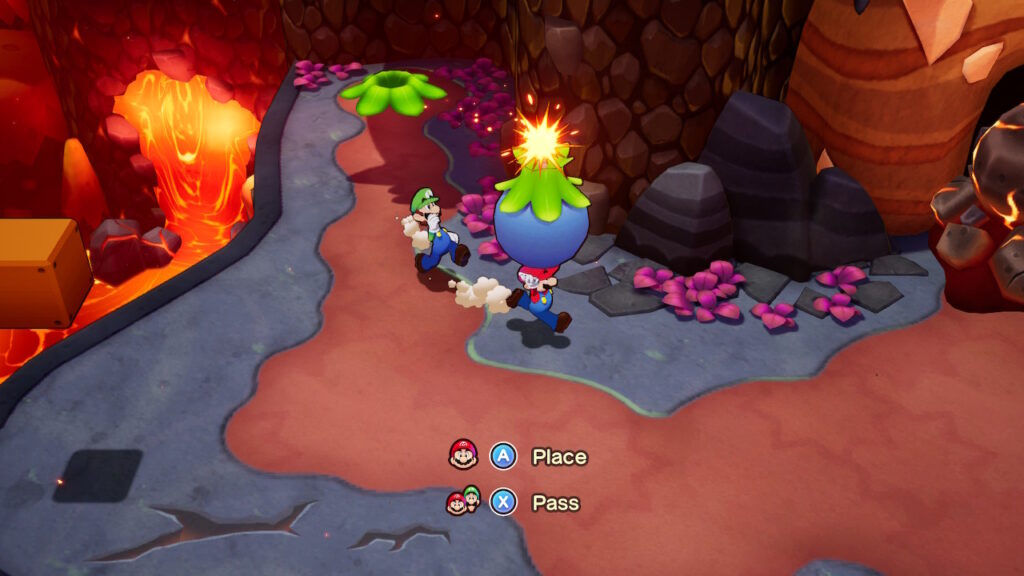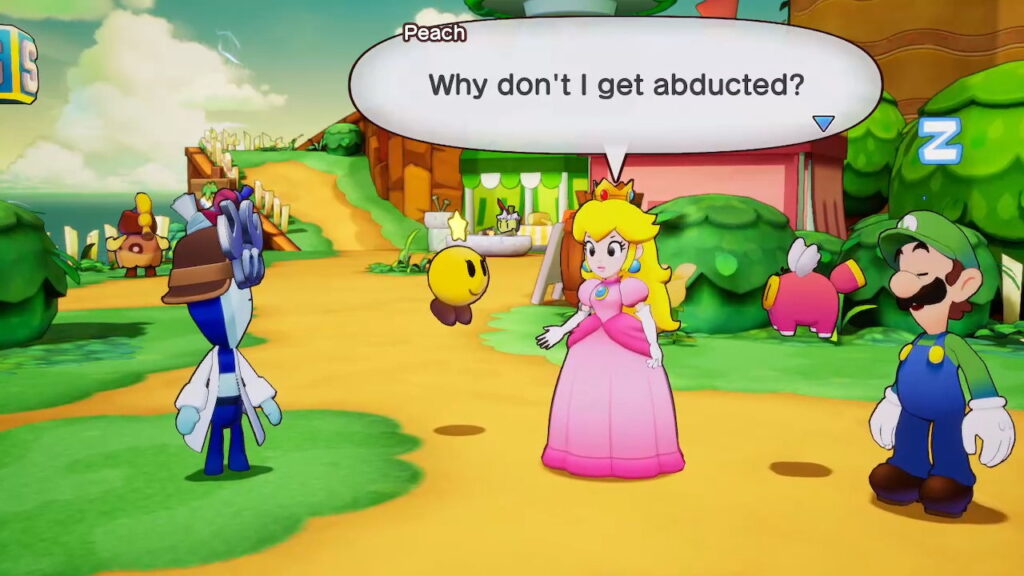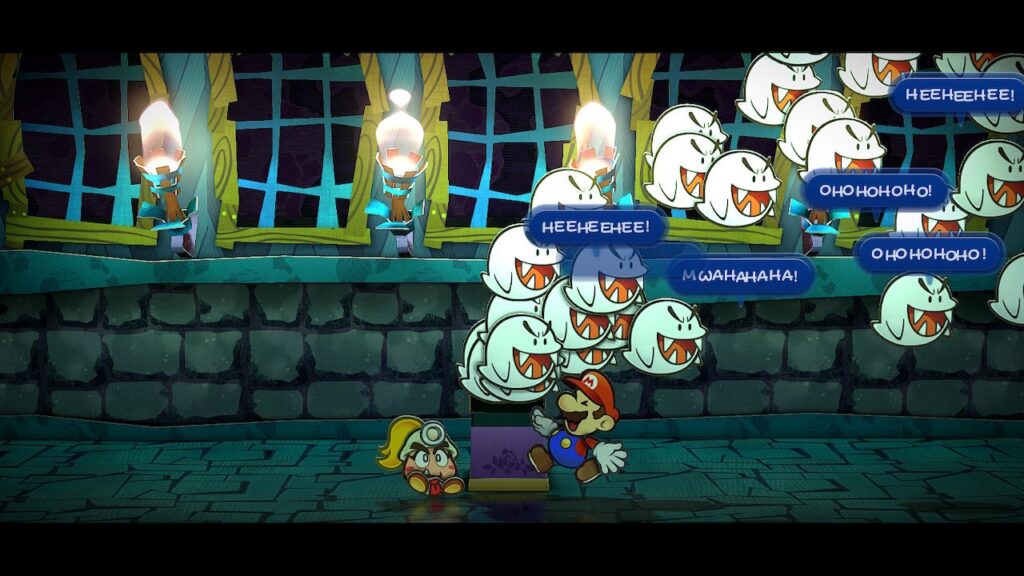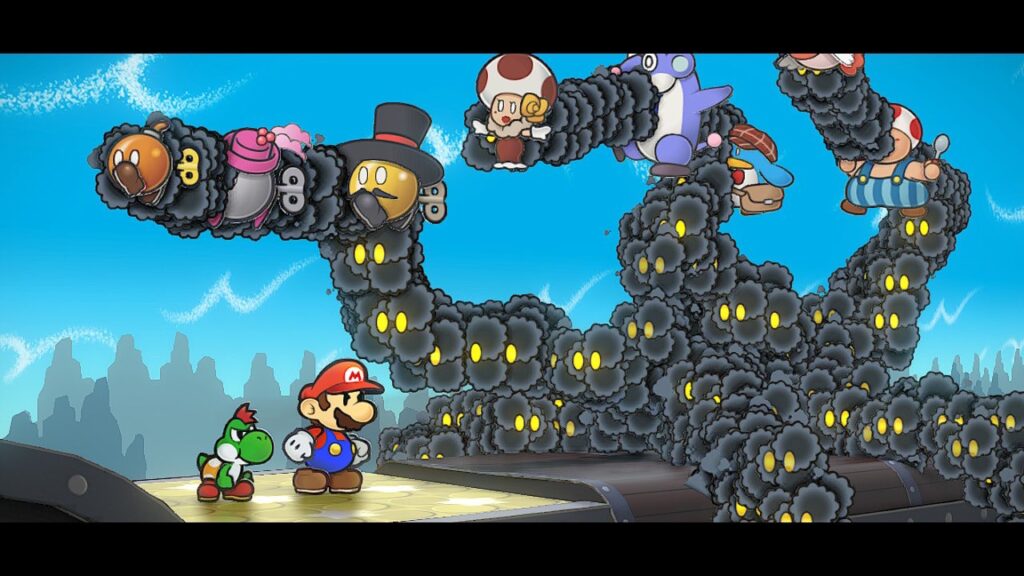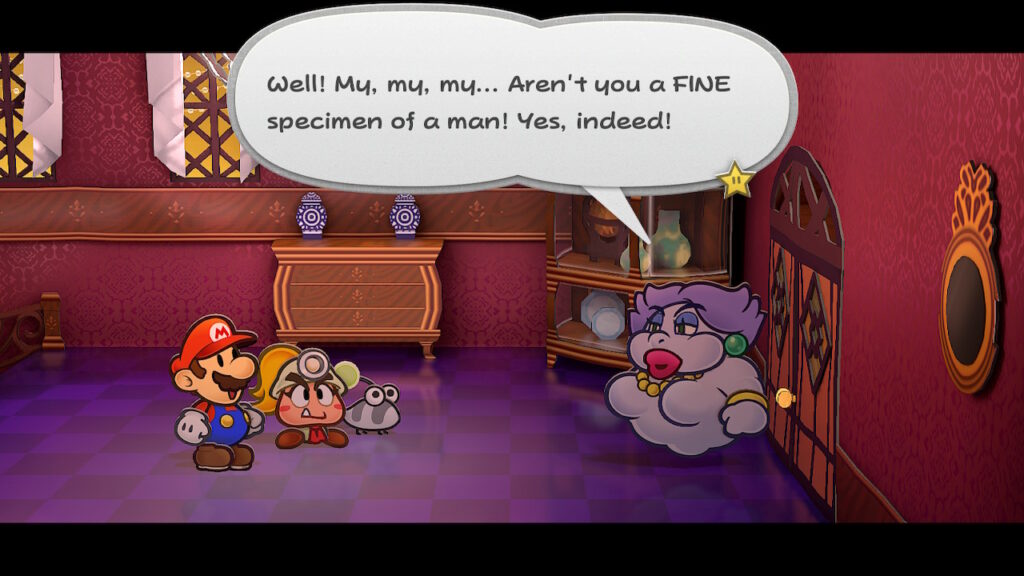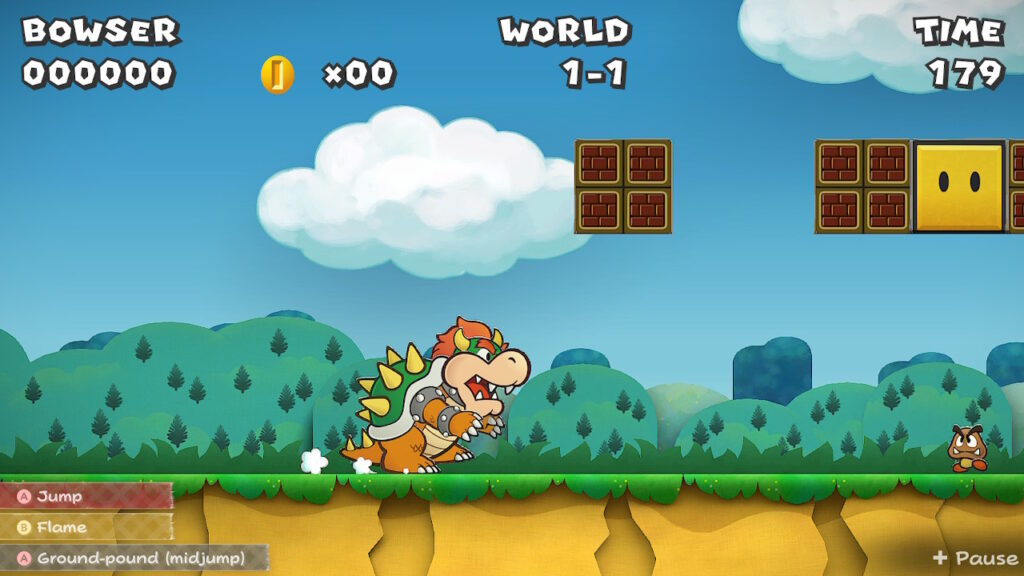- Genre: Platformer
- Platform: Switch 2
What a treat.
I know I’m a bit late on this one, but I finally got a Switch 2 so I had to hop on this immediately. As more information was revealed it became clear that this wasn’t just a Donkey Kong title, but instead a prequel to and continuation of the ideas originating in Super Mario Odyssey. In practice, it absolutely feels like that, but given some iteration to really solidify the core meta loop that solved a lot of what I felt was unnecessary grinding in the original.

I enjoyed the hell out of Super Mario Odyssey but I didn’t really enjoy that everything was so heavily gated to collecting large amounts of inconsequential moons all over the place. I simply don’t play games to that level of care for completion anymore. Going into this I dreaded having to find 40 shines hidden in spots for the hell of it to get to the next area. Lucky for me, that is all gone. There is now such an obvious distinction between main path collecting needs and collecting for the sake of it. The main path has goal locations and you happen to collect things between those locations, and maybe the main location has a goal to collect a specific banana or a piece of a record during it, but they are goals and you beeline straight to them and you move on with your life, and if you happen to collect things on the way then that’s generally fun and cool. What I’m not doing is what felt like grinding out a counter to move on.

And I’m very serious about beelining. The fundamental mechanic that the game is built around is the ability to just dig through the environment and make your own path. That is generally what solved my collection dislikes about Odyssey. In this case, most things that you can collect have a clever solution and a chaotic solution. There’s tons of clues all over the place about places to explore – changes in the ground texture showing possible caves, people standing around talking about the possible location of bananas, suspiciously placed objects that seem like they can only hide something. If you’re paying attention you will simply find a lot of things, and that isn’t different from how it worked in Odyssey.
However, there is now also the dumb ape solution. Your goal is 300m in a direction and there’s a town, cliff wall, and a bunch of people in your way? Punch in a straight line! I cannot tell you how many times I would be bashing my way through a cliff only to find that I ended up in a cave that done “correctly” would have required me to search out something like an explosive to blast through a metal wall blocking entrance to the cave. In those cases, being a dumb ape going “lol punch everything” got me a faster reward than playing correctly, and I loved the fact that game is literally built to allow this style of gameplay.

That’s not to say that some things didn’t require me to actually pay attention, because there are certainly core story segments that do require some care. Bosses generally required me to pay attention to specific mechanics and execute them well. Story-specific bananas generally required me to execute mechanics well. Optional challenge rooms (of which there are a lot) generally required me to carefully get through them. However, the balance of gameplay felt a lot more tuned to where I am in life now. There are a lot of moments where I can just shut off my brain, be a dumb ape punching things, and have fun. I can then save those moments of paying attention for specific times where the situation required it. If I compare this to my memory of Mario Odyssey, I feel like I had more relaxed downtime and better specific periods of excitement in a way that struck a better balance for post-work post-kids bed time sitting in a chair and playing.
The weird thing to me is that that change in how I was playing the game changed what to me was a negative about Odyssey – the sheer amount of collection – into something that I largely think is a positive here. Where in Odyssey I felt like I had to collect a lot of things, here I simply happened to collect a lot of things. Where in Odyssey I felt like I had to weave around and explore everything to collect what I needed, here I collected enough simply being a dumb ape and barreling through the environment. Ultimately the change is that instead of feeling forced to explore, I simply was exploring for the fun of it.

This is very much a classic Nintendo first party title. It’s relatively easy in the mainline path, has plenty of challenge when you go off of that, and concludes in a place that left me wanting more. They took what was already a solid foundation and passed it through iteration of core mechanics and adaptation to another part of the Mario IP. What came out of that is a game that is surprising in how well it worked and is almost certainly going to be seen as a much higher point than Donkey Kong 64 in terms of pulling this part of the universe into 3D. I don’t know if I could recommend buying an entire new console to play this game, but if you’re going to buy a Switch 2 anyway this is where you should absolutely start.


